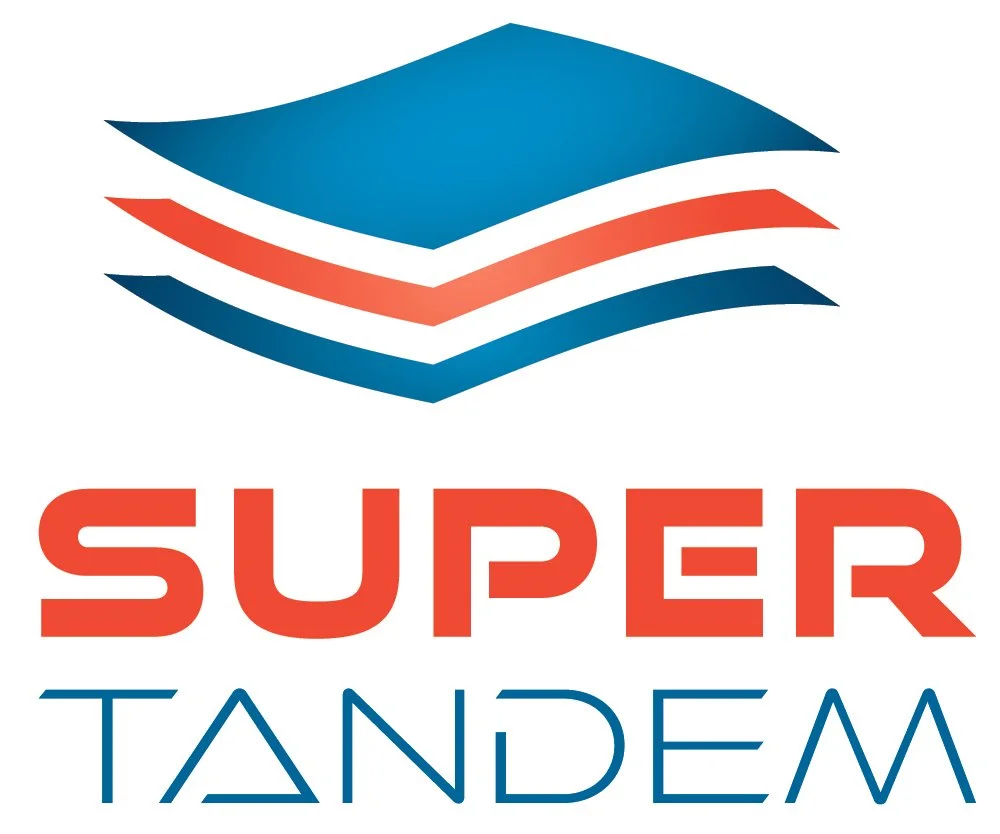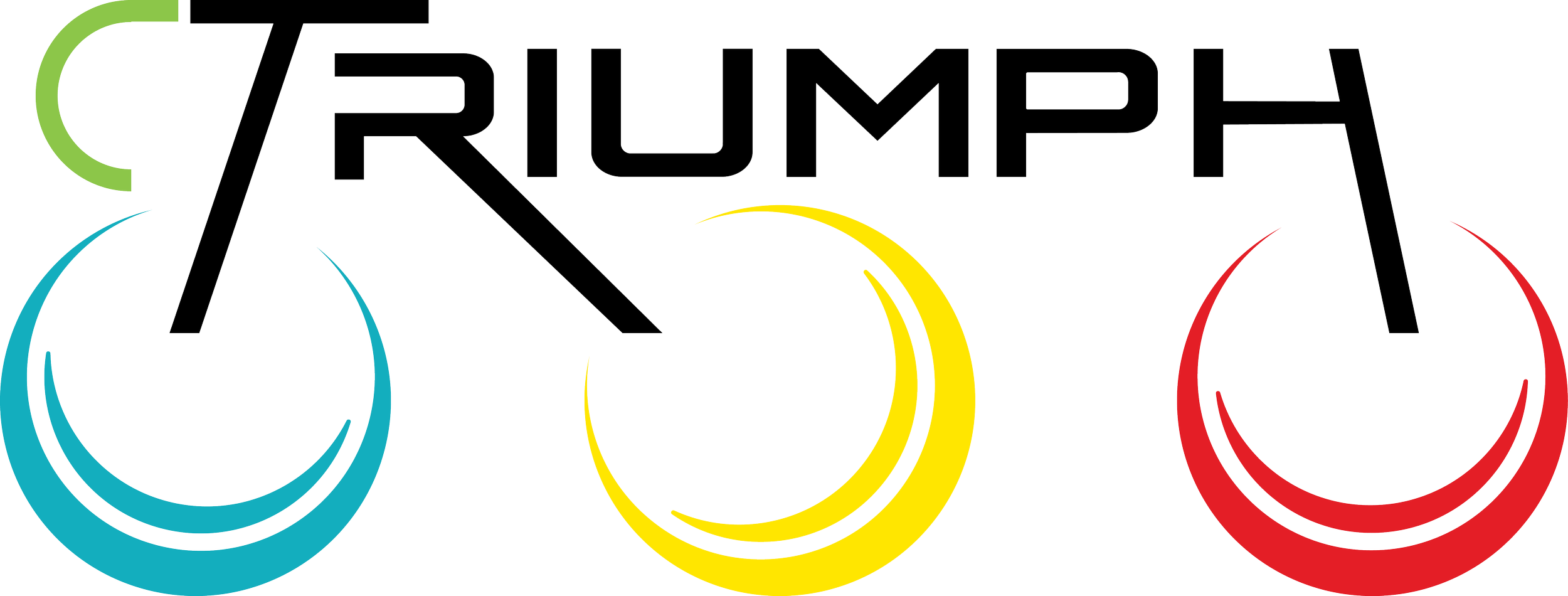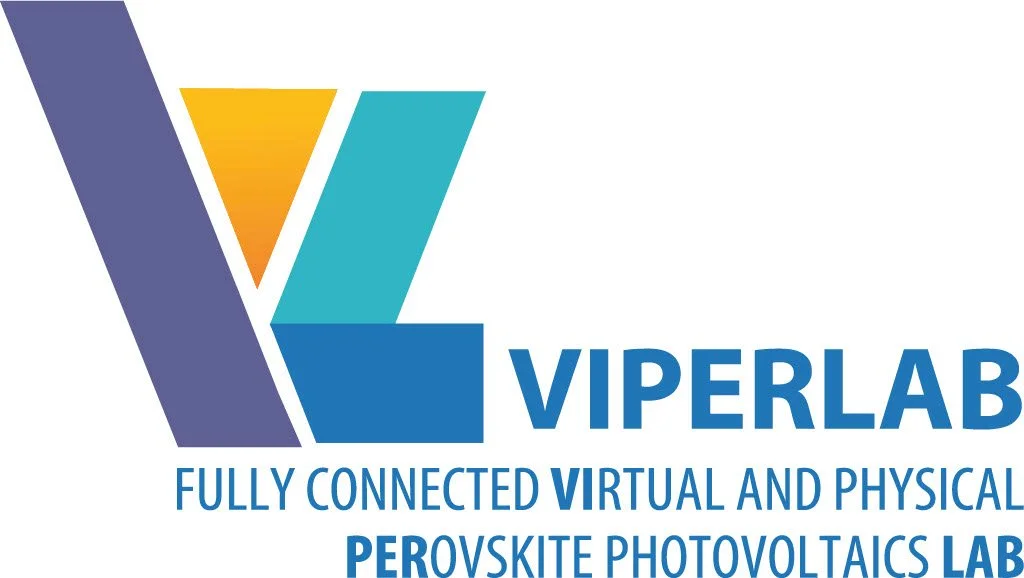Perovskite Network
The Perovskite PV Network unites Europe’s leading researchers and innovators to advance next-generation solar technologies. Through collaboration and knowledge exchange, the network accelerates the development of efficient, sustainable, and scalable perovskite photovoltaics.
Develops ultra-stable, cost-effective perovskite photovoltaics using advanced encapsulation and fully printable designs, with a focus on sustainability and recyclability.
DIAMOND is committed to developing ultra-stable, cost-effective perovskite photovoltaics with minimal environmental impact. The project employs advanced encapsulation techniques and stability-oriented device architectures while optimising materials and cell stacking to surpass conventional silicon PV performance. It also focuses on fully printable, modular PV designs and rigorous sustainability standards, reducing carbon footprint and material toxicity while enhancing recyclability.
Pioneers slot-die coated, bifacial semi-transparent perovskite modules that combine high efficiency, stability, and eco-design, advancing European PV manufacturing and agrivoltaic applications.
LAPERITIVO develops next-generation, low-cost, and sustainable perovskite photovoltaic (PV) technology to accelerate Europe’s clean energy transition. The project pioneers slot-die coated, large-area, bifacial, semi-transparent modules that combine high efficiency, stability, and eco-design principles, including the use of green solvents, recyclability, and a low CO₂ footprint. By advancing scalable, industrial processes and field-tested reliability, LAPERITIVO paves the way for European perovskite PV manufacturing and applications in tandem systems and agrivoltaics.
Advances flexible perovskite solar cells toward commercial-scale roll-to-roll production, targeting >20% efficiency, low cost, and long-term operational stability.
LUMINOSITY advances the flexible perovskite solar cells (PSC) technology to commercially relevant production scales, using established industrial processes. It aims to demonstrate a roll-to-roll (R2R) processed photovoltaic (PV) module with a power conversion efficiency (PCE) exceeding 20% and an area of over 900 cm², bridging the gap between laboratory and large-scale manufacturing (TRL 7). The project aims for over 20 years of operational stability, competitive costs (0.14 USD/W), and a 50% lower carbon footprint compared to silicon PV, supported by life-cycle and techno-economic analyses.
Creates stable, two-terminal perovskite–silicon tandem cells through an eco-design framework and industrial-scale proof-of-concept, driving a competitive European PV product.
NEXUS focuses on the development of stable, two-terminal perovskite–silicon tandem solar cells, guided by an innovative eco-design framework. The project aims to overcome barriers to industrial scaling by developing proof-of-concept equipment and integrating a value chain collaboration. Its ambition is to deliver a competitive European tandem PV product that advances the EU's clean, secure, and affordable energy goals.
Develops flexible carbon-based perovskite solar cells with >25% efficiency, low-cost manufacturing, and minimal emissions, targeting BIPV, VIPV, and IoT applications.
PEARL aims to develop flexible perovskite solar cells using scalable, environmentally sound industrial processes. By integrating carbon electrodes, the project reduces material costs, enhances device stability, and simplifies fabrication while lowering emissions. PEARL targets efficiencies above 25%, long-term operational stability beyond IEC standards, production costs below 0.3 EUR/Wp, and emissions under 0.01 kg CO₂eq/kWh. Its focus on planar n-i-p and n-i-c architectures supports emerging applications in building-, vehicle-, and IoT-integrated photovoltaics.
Bridges the gap between lab innovation and industrial production of perovskite/silicon tandem PV, establishing a pilot line for scalable European manufacturing.
PEPPERONI helps advance the journey of perovskite/silicon tandem photovoltaics (PV) technology towards market introduction and mass manufacturing. PEPPERONI‘s goal is to identify and address the barriers to the market introduction of tandem solar technology, ultimately laying the foundations for new production capacity in Europe. A pilot line enabling this development will be established at Q-Cells’ European headquarters in Thalheim, Germany.
Advances two-terminal perovskite tandem solar cells using sustainable materials and scalable processes to deliver solution-processed tandems exceeding 30% efficiency.
SuPerTandem advances the development of high-efficiency, two-terminal perovskite tandem solar cells and modules to support Europe’s clean energy transition. The project focuses on sustainable, earth-abundant materials and scalable large-area manufacturing processes to create an affordable, low-carbon photovoltaic technology. By establishing flexible, low-cost, and free-form fabrication methods, SuPerTandem aims to deliver up-scalable designs and production technologies for solution-processed tandem cells exceeding 30% efficiency.
Strengthens excellence in PV testing and diagnostics by advancing methods for assessing the long-term stability and field reliability of next-generation perovskite/silicon technologies.
TESTARE aims to advance excellence in testing next-generation photovoltaic technologies, with a focus on the long-term stability and field reliability of perovskite/silicon PV modules. The project strengthens research capacity in advanced PV characterisation through knowledge exchange, methodological development, and improved metrology and diagnostic practices, ultimately contributing to more reliable and durable solar technologies.
Develops triple-junction perovskite/silicon solar cells—the next step beyond tandems—achieving >33% efficiency and scalability for the terawatt-scale solar era.
TRIUMPH develops the next generation of photovoltaic technology through an advanced triple-junction solar cell concept that combines high-efficiency perovskites for the top and middle cells with robust silicon as the bottom cell. The project aims to achieve an efficiency of over 33% and scalable cell sizes of at least 100 cm² using industrially viable processes. TRIUMPH targets a TRL of 5–7, establishing sustainable, resource-efficient module technologies designed for large-scale, long-term deployment in the terawatt (TW) solar era.
Develops high-efficiency, long-lifetime perovskite solar modules through an eco-design approach, paving the way for the European commercialisation of sustainable perovskite PV.
VALHALLA advances the development of high-efficiency, long-lifetime perovskite solar cells and modules through a comprehensive eco-design approach. The project targets power conversion efficiencies above 26% (modules >23%) and operational lifetimes beyond 25 years, achieved through solvent-free perovskite deposition, optimised material use, and circular, low-cost manufacturing. By integrating sustainability, scalability, and recyclability into every stage of development, VALHALLA aims to create a viable economic pathway for the European commercialisation of perovskite PV.
Accelerates the transition of perovskite photovoltaics from lab to market by uniting Europe’s research infrastructure and standardising testing and validation to ensure faster, reliable technology deployment.
VIPERLAB aims to accelerate the transition of perovskite photovoltaics (PV) from research to market by enabling faster and more reliable technology evaluation cycles. As metal halide perovskites have rapidly surpassed conventional thin-film technologies in efficiency, VIPERLAB focuses on addressing the remaining challenges of manufacturability, sustainability, and stability. By fostering collaboration, sharing infrastructure, and standardising testing across Europe, the project supports the swift market entry of perovskite-based PV products and the broader adoption of efficient, low-cost renewable energy technologies.











